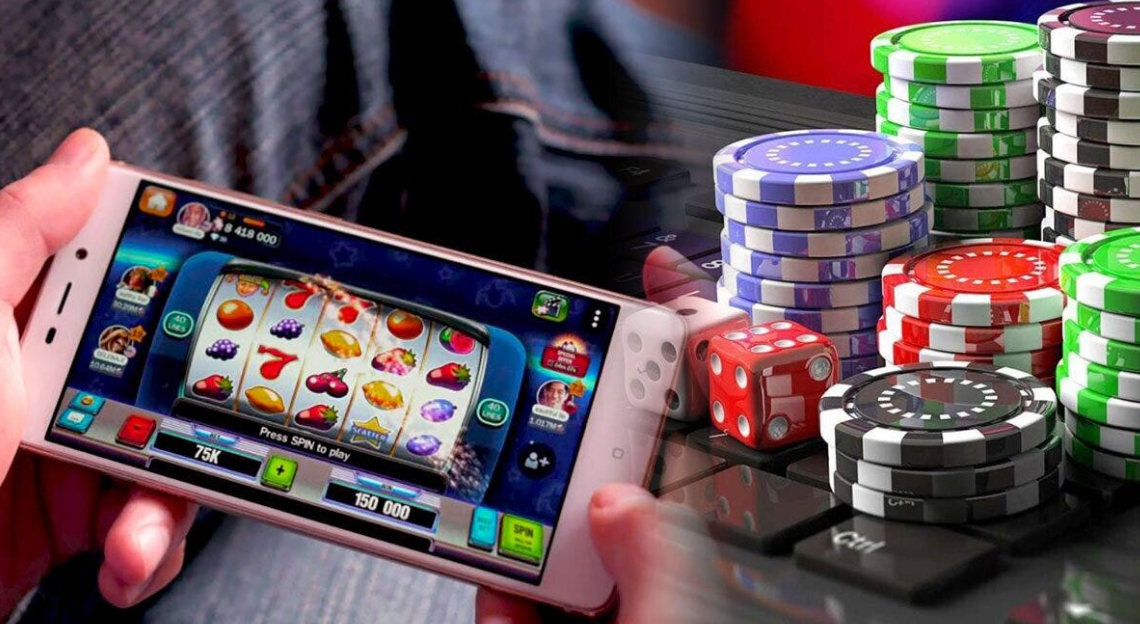How Gaming Establishments Use Color and Design to Attract Gamers

Within the lively and stimulating world of gaming establishments, where luck and strategy intertwine, color and design play a pivotal role in drawing in gamblers. As soon as players step inside a casino or log into a gaming website, they are immersed in a sightly feast that grabs their attention and lures them to discover more. Vivid colors, captivating graphics, and creative layouts are meticulously crafted to create an atmosphere of excitement and anticipation, ultimately improving the gaming experience.
As gamblers move through the ever-changing landscape of casino games, they come across a variety of designs that not only serve visual purposes but also influence emotions and decision-making. Colors like red and gold symbolize riches and luck, while soothing navy and greens can create a much relaxed environment. Understanding how these elements function together allows casinos to create an welcoming and energizing atmosphere that encourages players to engage with the games, spend additional time at the tables, and boost their overall enjoyment.
The Psychology of Tint in Casino Games
Tint plays a crucial role in the creation of gaming experiences, influencing player emotions and behaviors. Lively and vibrant hues, such as red and yellow, are often used to incite excitement and draw focus. These shades create a sense of urgency and energy, encouraging players to participate more readily with the activity. By intentionally selecting tints, developers aim to inspire emotions of pleasure and excitement, which can enhance the overall player experience.
Distinct shades also have psychological connotations that can influence how gamblers perceive their possibilities of winning. For instance, lime is often associated with luck and prosperity, making it a popular choice in activities like roulette and poker games. This connection can result players to feel more hopeful and assured in their play, ultimately inspiring them to bet more. Grasping these connections allows game designers to create environments that enhance player satisfaction and retention.
Furthermore, the design of gaming interfaces often utilizes blended colors and differing shades to instruct players’ actions. For instance, successful outcomes may be highlighted with striking, opposing shades, creating a visual incentive. This approach supports positive outcomes and encourages repeated engagement. By utilizing the psychology of color, gambling establishments can design activities that not only captivate participants but also maintain them engaged and committed in their play experience.
Creative Elements that Engage Gamers
The aesthetic appeal of casino games is largely influenced by the use of bold colors. Bright and contrasting colors are deliberately chosen to create an inviting atmosphere that captures attention. For example, reds and golds often signify luck and wealth, which is why they are prevalent in the color schemes of slot machines and game surfaces. These colors not only draw players in, but they also stir emotions related to thrill and expectation, enhancing the total gaming experience.
In addition to color, the design and organization of gambling games play a crucial role in player attraction. Games are designed to be user-friendly, ensuring that players can quickly understand the rules and gameplay. Accessible interfaces, along with engaging graphics and animations, help maintain gamer interest and promote extended play sessions. The physical elements, such as the texture of the buttons and the audio of the games, also contribute to a holistic sensory experience that keeps players engaged.
In conclusion, thematic elements in game design can greatly influence player choice. Many casino games are inspired by popular culture, fairy tales, or exploration motifs, featuring symbols and characters that resonate with players. These themes create a sense of engagement and connection, making each game feel distinct. When players feel a bond to the theme, they are more likely to choose that game over others, leading to higher participation and enthusiasm within the casino environment.
Case Studies: Successful Casino Slot Designs
One noteworthy example of effective gambling game design is the acclaimed slot machine series based around blockbuster movies. Games such as those based on the The Wizard of Oz and Game of thrones utilize bright colors and superior graphics to enthrall players in recognizable narratives. The use of lively visuals and captivating sound effects takes the interest of players, creating an affective connection to the theme. This approach not only fosters longer play but also boosts the overall gaming experience, resulting in increased player retention.
Another successful case is the application of color psychology in table games like 21 and roulette. Casinos often develop these games with dark reds and greens, colors traditionally connected with luck and wealth. For instance, the green felt on a blackjack table provides a calming effect, while the red accents in the wheel invite anticipation. This deliberate use of color helps to create an inviting atmosphere that stimulates players to join in, addressing their psychological impulses and increasing their enjoyment.
Finally, social casino games that incorporate community features and lively, dynamic designs have achieved remarkable success in engaging players. FB88 Games like Zynga’s Poker and Slot-O-Mania leverage striking colors and playful animations to forge an inviting online environment. FB88 The integration of leaderboards, social sharing options, and in-game rewards fosters competition and community, pulling players in for longer sessions. Such designs not only make the games visually appealing but also emphasize social interaction, a vital factor in player retention and engagement within digital casino environments.
